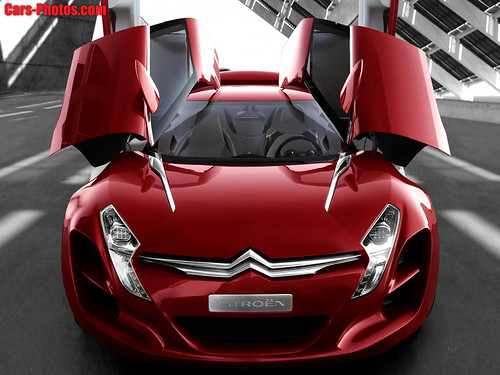 Meru Betiri National Park represents mangrove forest, swamp forest, and lowland rain forest ecosystems.
Meru Betiri National Park represents mangrove forest, swamp forest, and lowland rain forest ecosystems.This Park is a natural habitat of the rafflesia flower (Rafflesia zollingeriana), and various other plants such as mangrove (Rhizophora sp.), api-api (Avicennia sp.), waru (Hibiscus tiliaceus), nyamplung (Calophyllum inophyllum), rengas (Gluta renghas), bungur (Lagerstroemia speciosa), pulai (Alstonia scholaris), bendo (Artocarpus elasticus), and several medicinal plants.
 This Park is also home to several protected animals, including 29 species of mammal and 180 species of bird. Among them are the banteng (Bos javanicus javanicus), panther (Panthera pardus), wild pig (Sus scrofa), long-tailed macaque (Macaca fascicularis), Asian wild dog (Cuon alpinus javanicus), red-tailed flying squirrel (Iomys horsfieldii), leopard cat (Prionailurus bengalensis javanensis), barking deer (Muntiacus muntjak muntjak), Timor deer (Cervus timorensis russa), green peafowl (Pavo muticus), leatherback turtle (Dermochelys coriacea), hawksbill turtle (Eretmochelys imbricata), common green turtle (Chelonia mydas), and Pacific ridley turtle (Lepidochelys olivacea).
This Park is also home to several protected animals, including 29 species of mammal and 180 species of bird. Among them are the banteng (Bos javanicus javanicus), panther (Panthera pardus), wild pig (Sus scrofa), long-tailed macaque (Macaca fascicularis), Asian wild dog (Cuon alpinus javanicus), red-tailed flying squirrel (Iomys horsfieldii), leopard cat (Prionailurus bengalensis javanensis), barking deer (Muntiacus muntjak muntjak), Timor deer (Cervus timorensis russa), green peafowl (Pavo muticus), leatherback turtle (Dermochelys coriacea), hawksbill turtle (Eretmochelys imbricata), common green turtle (Chelonia mydas), and Pacific ridley turtle (Lepidochelys olivacea). Meru Betiri National Park is known as the last habitat of the Javan tiger (Panthera tigris sondaica) which is now a highly endangered and protected species. However, no traces of this tiger have been found for many years and it is feared to be extinct.
Meru Betiri National Park is known as the last habitat of the Javan tiger (Panthera tigris sondaica) which is now a highly endangered and protected species. However, no traces of this tiger have been found for many years and it is feared to be extinct.Meru Betiri does have other distinct characteristics. Sukamade Beach is a habitat of the leatherback turtle, the hawksbill turtle, the common green turtle, and the Pacific ridley turtle. Several simple breeding facilities have been constructed at this beach to ensure that the turtles, too, do not become extinct.
Interesting locations/attractions:
Rajegwesi Beach: marine tours, swimming, animal/plant observation and cultural visits (traditional fishing communities).
Sumbersari: a grazing area (192 hectares), where visitors can watch animal like the sambar deer and barking deer. There is also a nature laboratory for research.
Sukamade Beach: turtles can be seen laying their eggs. Camping, wind surfing, plant and animal observation are also available here.
Hijau Bay: exploring the forest, marine tours and swimming.
Best time of year to visit: February to July.
How to reach the Park: Surabaya-Jember-Ambulu, about 5 hours by car (225 km); Ambulu-Curahnongko-Bandealit, about 3 hours, or Surabaya-Banyuwangi-Jajag, 6 hours (342 km); Jajag-Sarongan-Sukamade, 3 hours (60 km).











